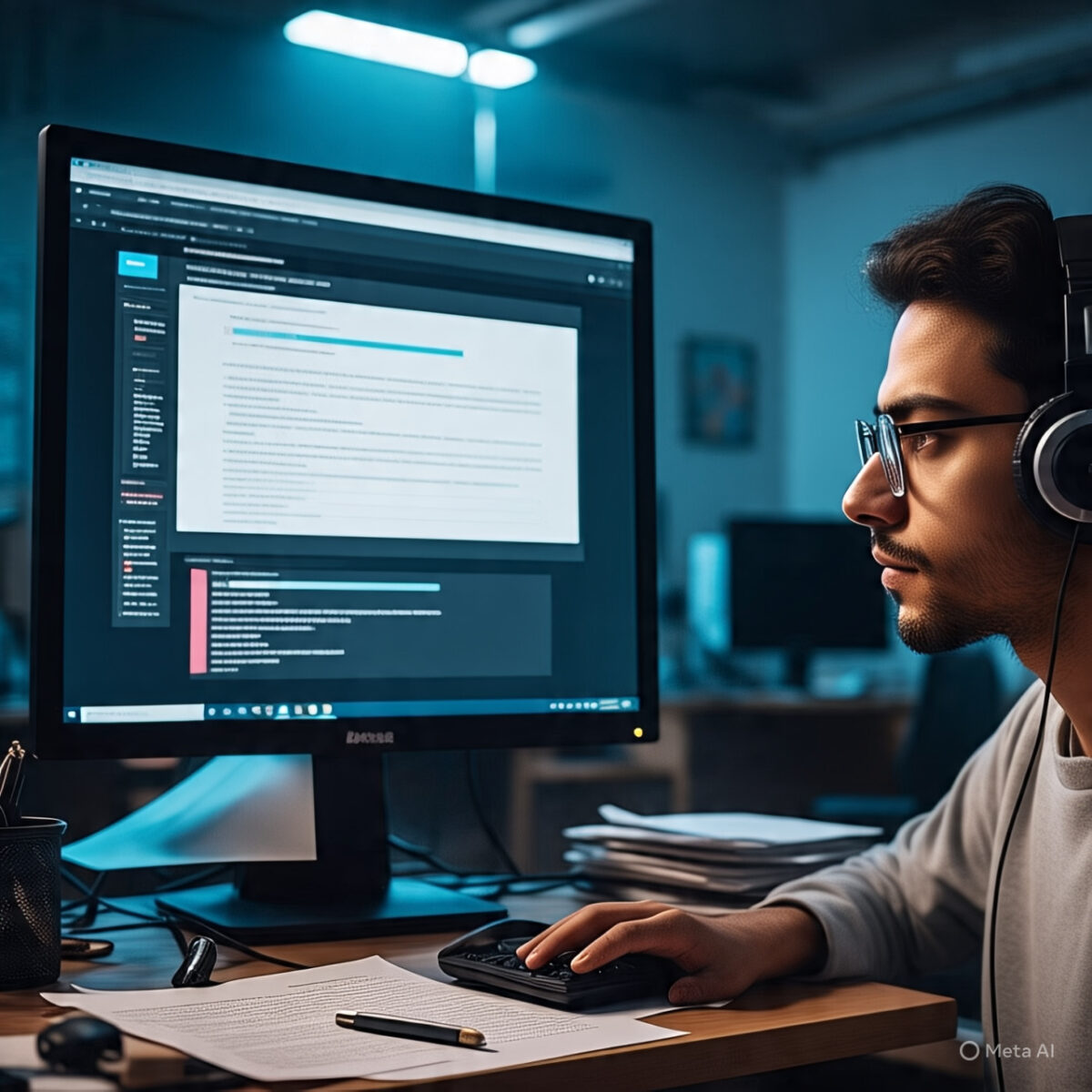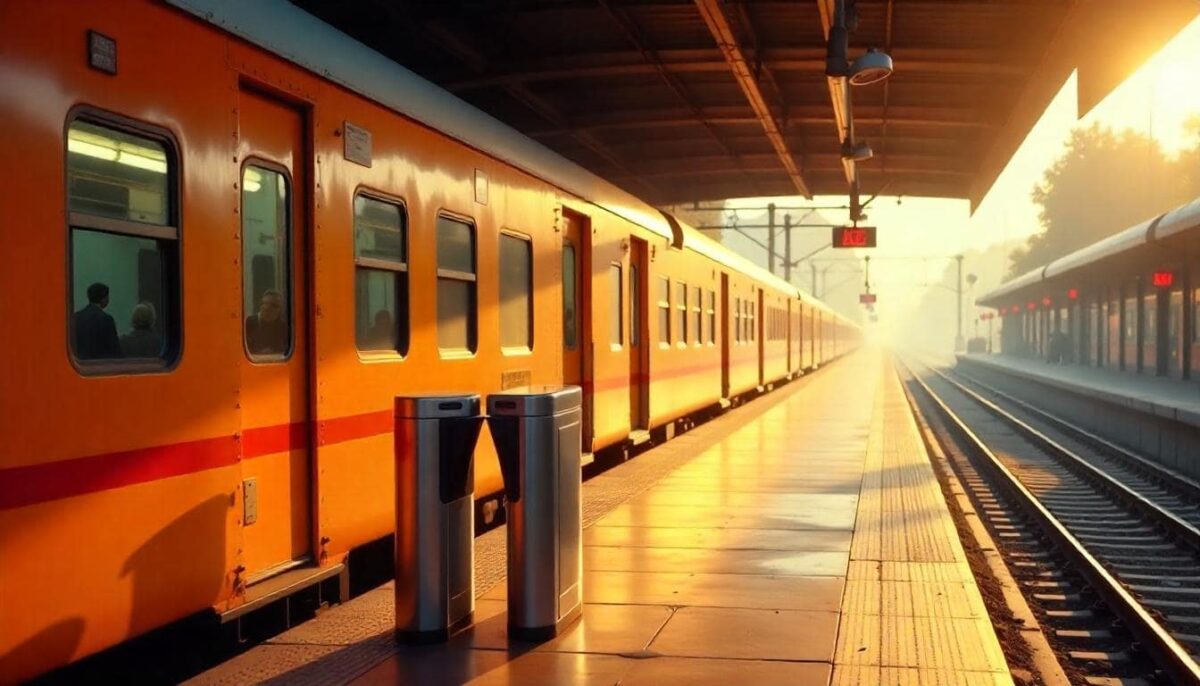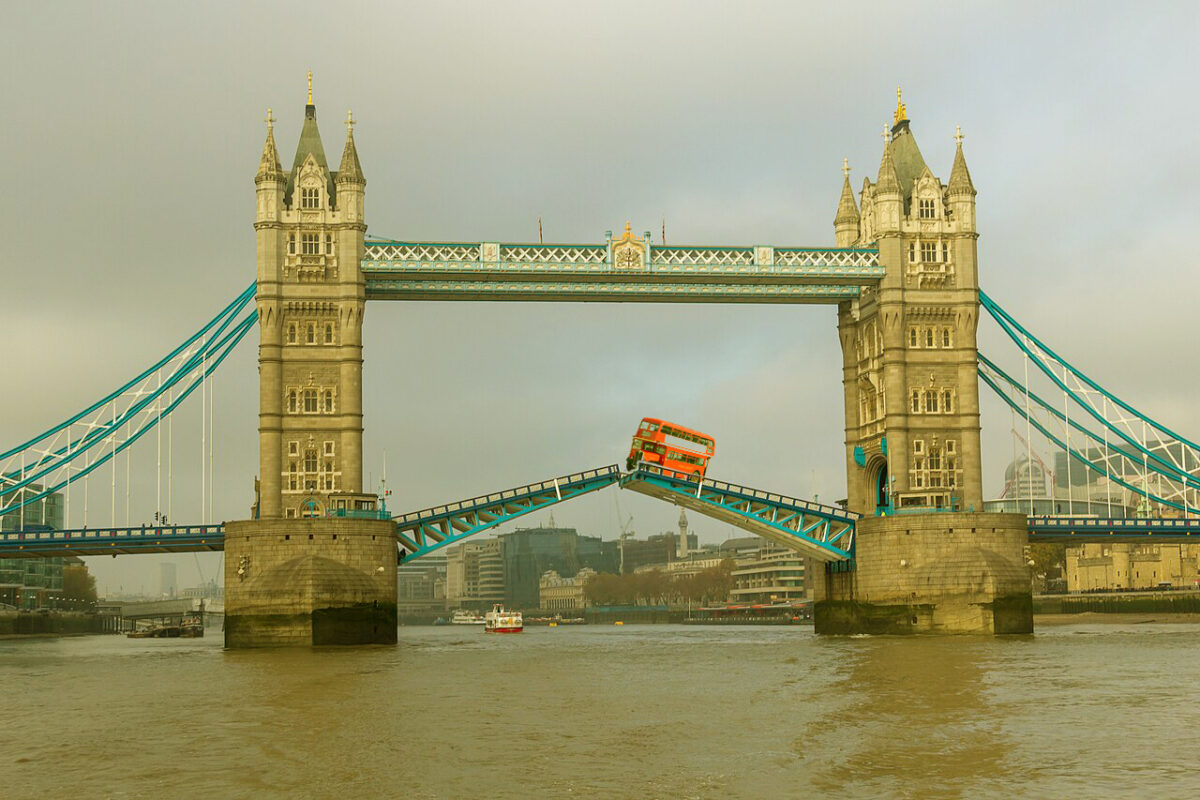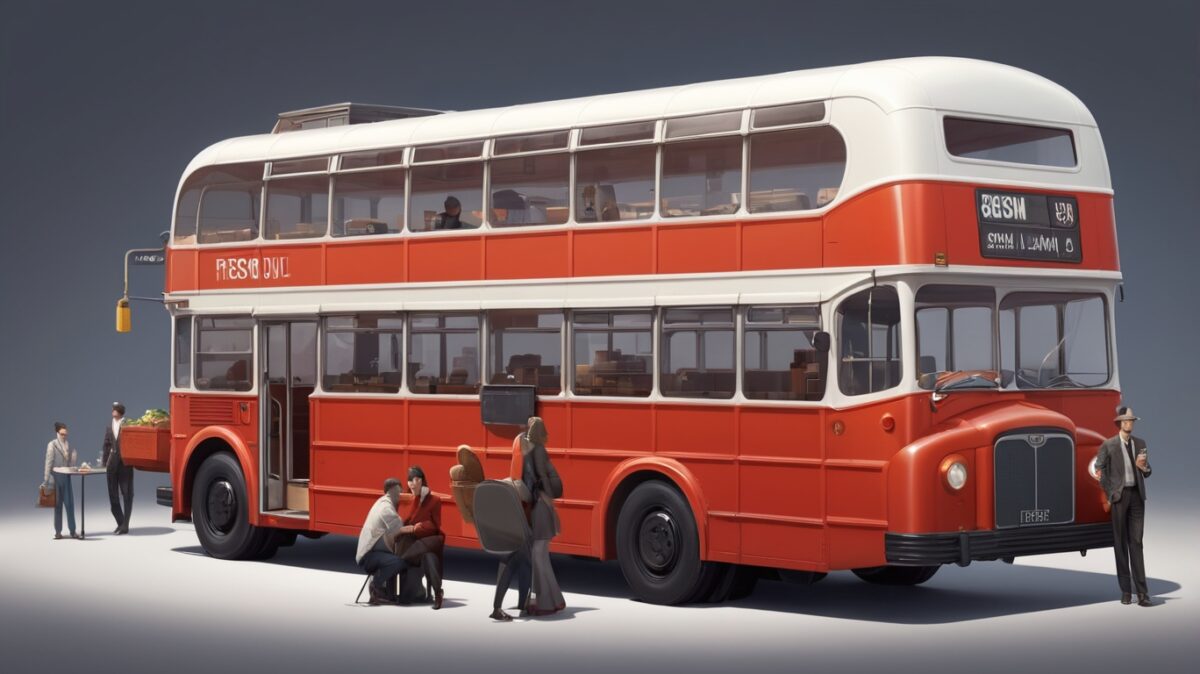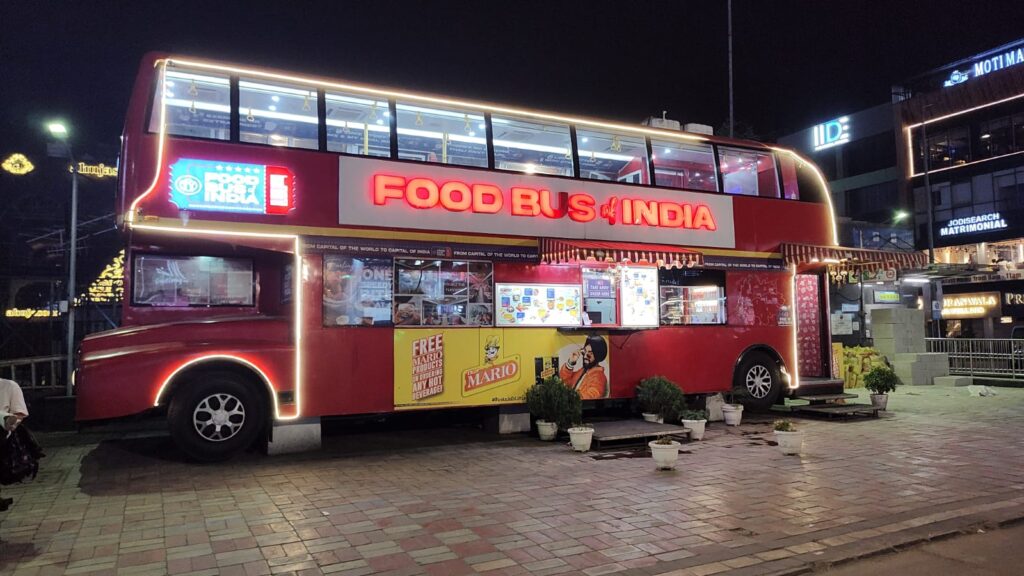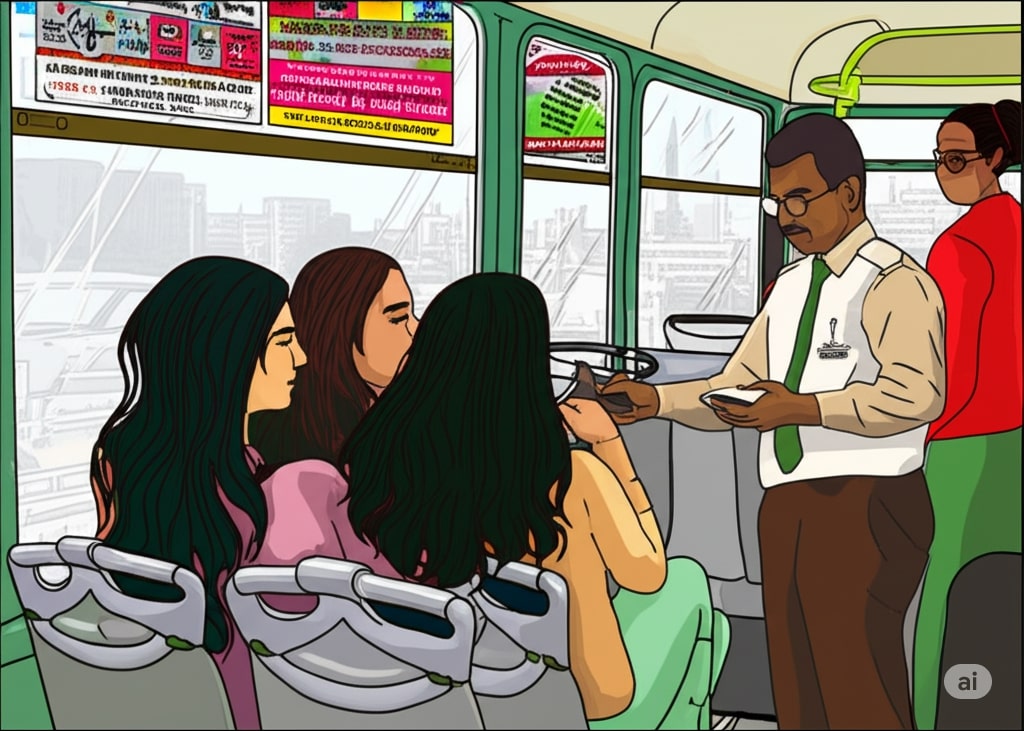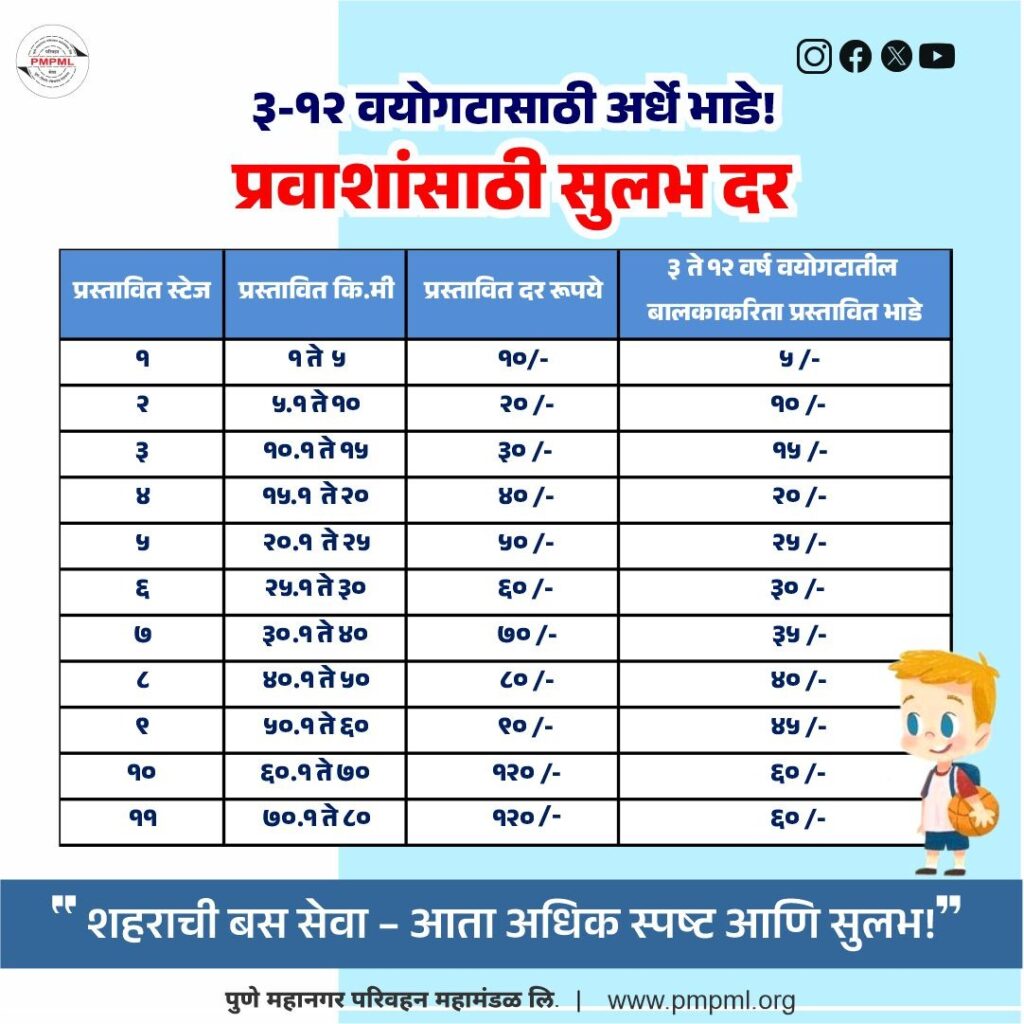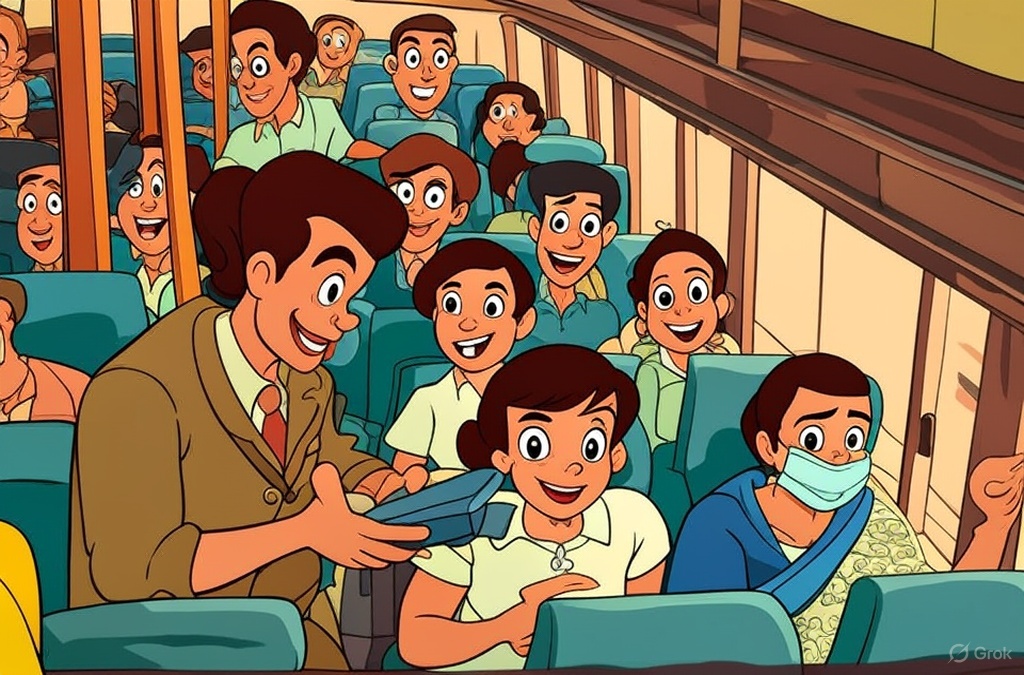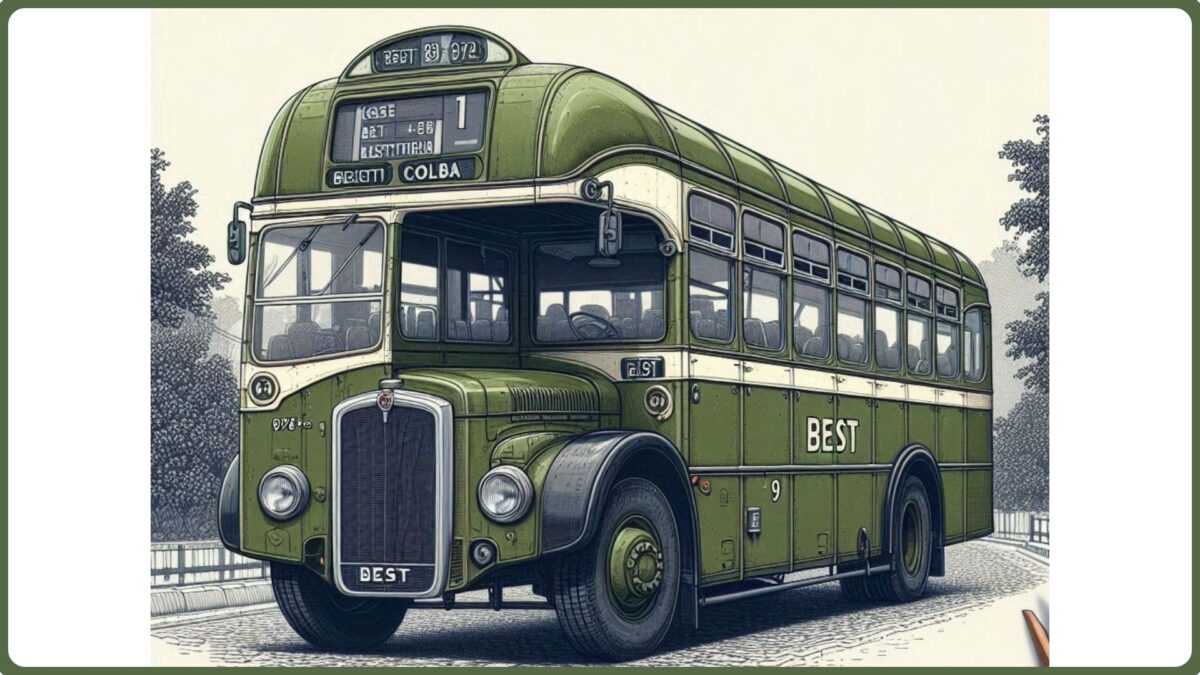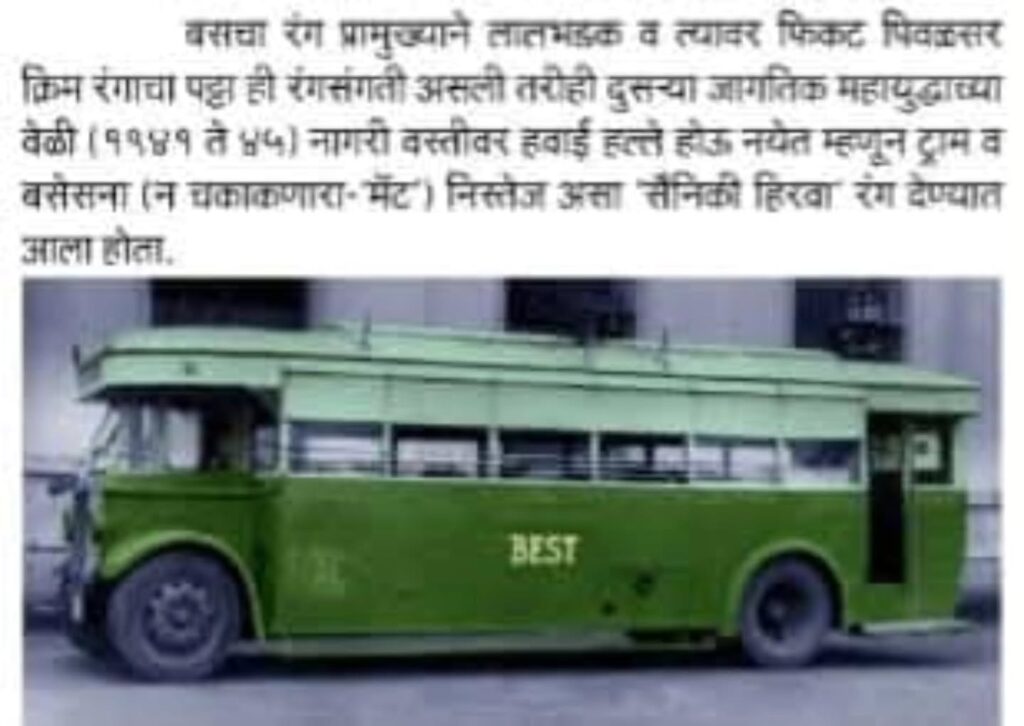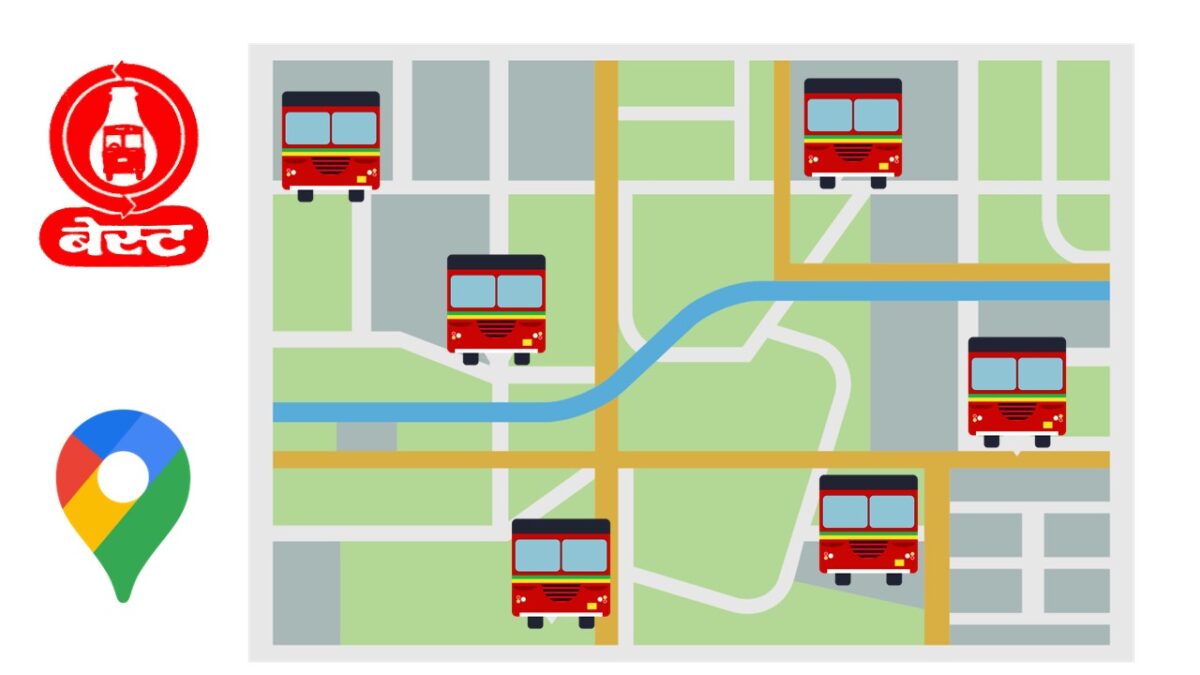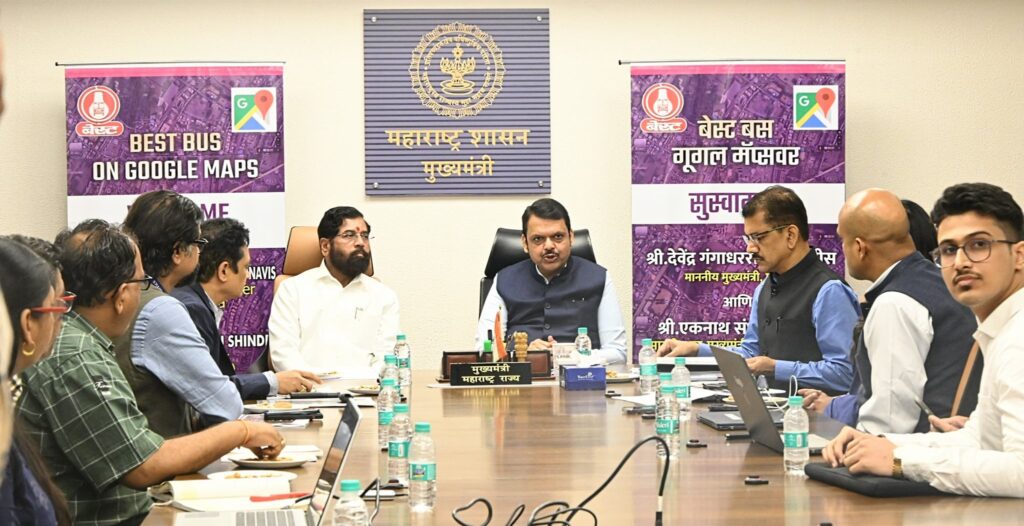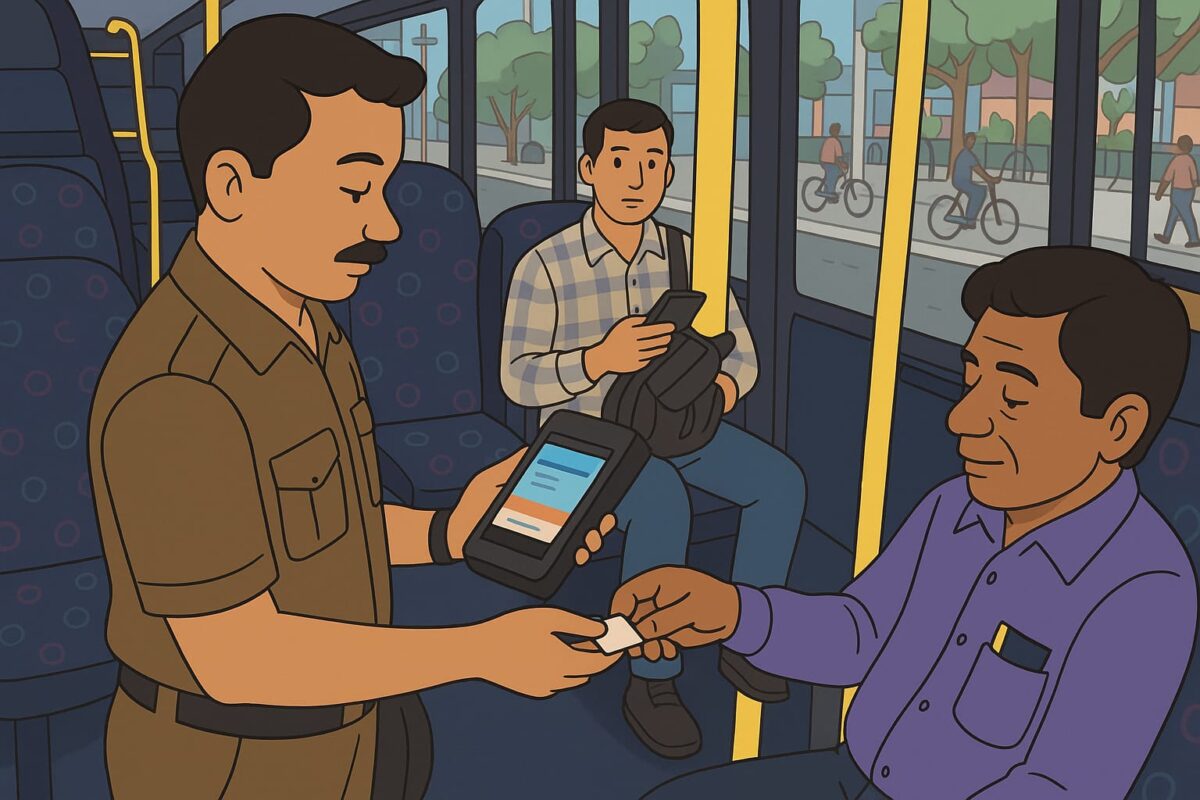Alright, please do bear with me for this rant. It has nothing to do with buses, public transport or anything else on this blog for that matter. However, it has everything to do with the blog as a concept and also the media industry in general. I spent a considerable amount of time pondering where to post this – here, on my older Blogger account, on my Medium account or on LinkedIn – and eventually chose to write this down here.
Remember when we first heard about the buzzwords like Artificial Intelligence (AI) and Machine Learning (ML) and other terms like neural networks, natural language processing and all? We all expected KITT from Knight Rider. Or at least expect Bonzi Buddy or Microsoft’s Clippit (also known as Clippy) to understand what we were saying and respond. Instead, what we got was well …..
Come 2010s and the possibility of AI actually generating coherent looks like a real possibility. And thus begins the so-called AI boom with an explosive number of Generative AI or GenAI products out there such as OpenAI’s ChatGPT, Google’s Gemini (formerly Bard), X’s Grok and others.
Now the reason for this post is an ad that I saw earlier that irked me.

The ad was from a company called ContentGorilla that declared that ‘Manual Blogging’ was “dead” and in its caption, said ‘Why spend 2+ hours writing, formatting and SEO-optimizing a blog post’.
Now before going forward, let me iterate that there is no such thing as ‘Manual Blogging’. Let me also reiterate that I have nothing against this company in particular either. It’s just that there has been a lot of resentment among bloggers due to the rise of GenAI and this nonsensical ad just brought out that resentment, at least in me.
What is being described here as ‘Manual Blogging’ is in reality, BLOGGING. Anything else, is just junk, or spam. If you want to know why, let us just look at the etymology of blogging. The term is a truncation of the phrase ‘weblog’. It evolved from an online diary where people gave a running account of their lives. Early bloggers often referred to themselves as ‘diarists’ and ‘journalers’.
The purpose of blogging is to write. That requires passion, and not a tool to offer SEO-optimized paragraphs peppered with words to grab the attention of search engines. Bloggers write for an audience. That audience is human. We write for people. Tools that are offering to write an entire SEO-optimised blogpost? Well, you’re just doing it for another machine right? So let the machines talk to themselves, while we humans write to each other.
If it were up to whatever such GenAI programmes are offering, people wouldn’t be blogging anymore. Why should we? The purpose of blogging is to express oneself. And a machine cannot do that. It can at best create an illusion of doing so.
As this blog nears its tenth anniversary, I’d like to reiterate that I’m not using any GenAI tools for the content. I may use them for the images, but even there they are all junk.
Big Tech had already made it difficult for small bloggers like me by hurting revenue streams and censoring us. Google still refuses to index certain webpages and has stymied ad revenue by two-thirds of what it was earlier. GenAI is just making it worse for us by flooding the internet with machine-generated text that is mostly junk. If you’re main audience is a machine, then why bring the human into the picture?
The internet is getting saturated with GenAI’s junk, thus hurting those of us who have a genuine passion for the art and craft of writing.
On that note, to all those millionaire and billionaires in India who claimed that we don’t need our own Large Language Models (LLMs), I have a middle finger to offer you. I spent a good part of the day trying to generate pictures of a RuPay Card for the NCMC and even there, I was thrown Visa and MasterCards.
Featured Image: What AI thinks a person sitting in front of a screen using AI to write a blog post looks like (Llama/MetaAI)
![]()
